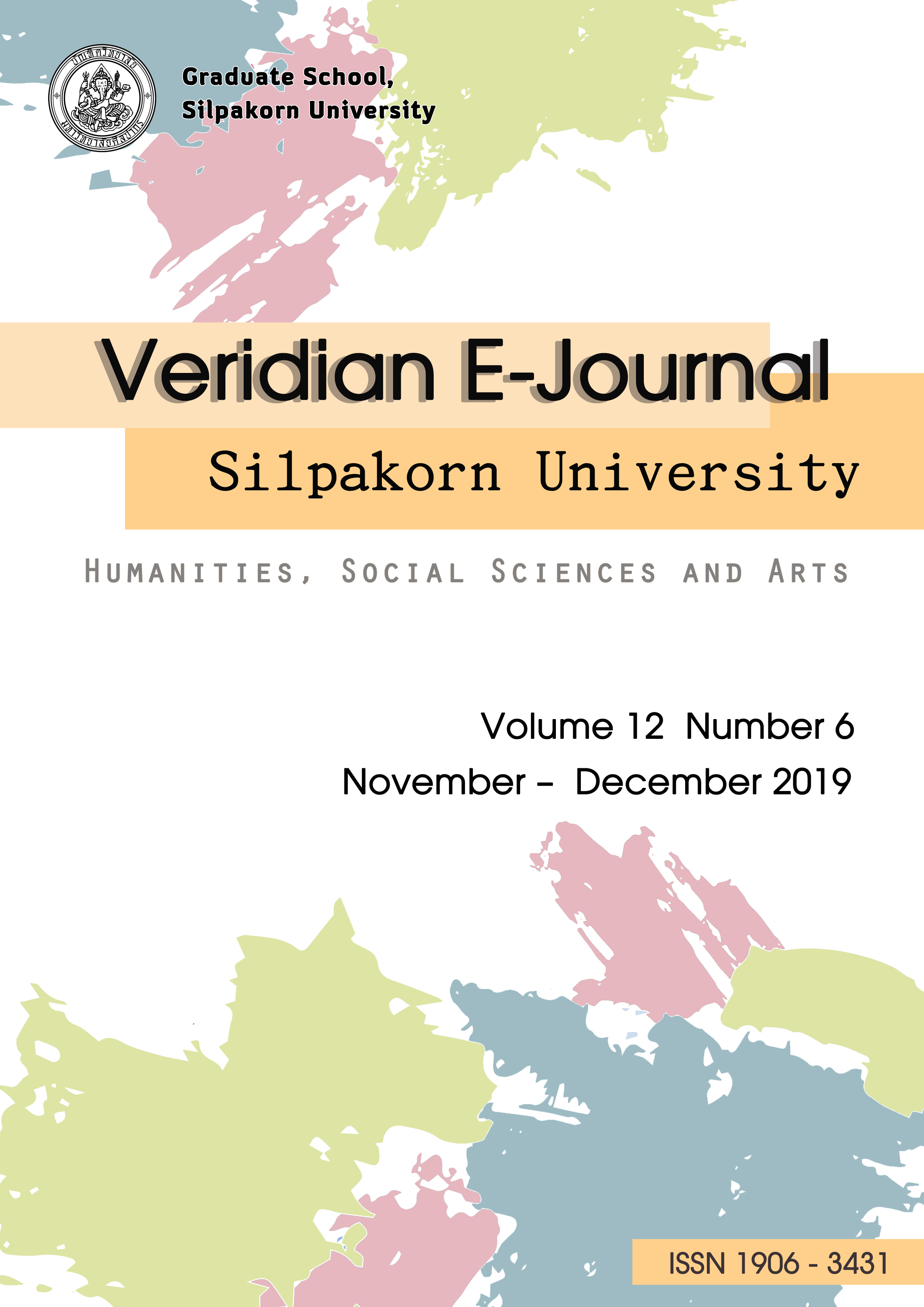การวางแผนสืบทอดตำแหน่งทางการบริหาร: กรณีศึกษากลุ่มภารกิจอำนวยการโรงพยาบาลขอนแก่น (Planning for Succession of Management Positions: A case study of KhonKaen Hospital Administration)
Main Article Content
Abstract
การวิจัยนี้มีวัตถุประสงค์ คือ 1)เพื่อวิเคราะห์ศักยภาพและความพร้อมของบุคลากรในการสืบทอดตำแหน่งทางการบริหาร 2)เพื่อศึกษาปัญหาในการวางแผนสืบทอดตำแหน่งทางการบริหาร 3) เพื่อหา แนวทางการวางแผนสืบทอดตำแหน่งทางการบริหาร กรณีศึกษากลุ่มภารกิจอำนวยการ โรงพยาบาลขอนแก่น งานวิจัยนี้ใช้ระเบียบวิธีวิจัยเชิงคุณภาพ รวบรวมข้อมูลจากกลุ่มผู้ให้ข้อมูลสำคัญจำนวน 20 คน โดยใช้วิธีการสัมภาษณ์เชิงลึก
ผลการวิจัยพบว่า บุคลากรกลุ่มภารกิจอำนวยการ โรงพยาบาลขอนแก่น ส่วนใหญ่มีศักยภาพและความพร้อมในการสืบทอดตำแหน่งทางการบริหารซึ่งเดิมการวางแผนสืบทอดตำแหน่งทางการบริหารจะคัดเลือกจากบุคลากรที่มีความอาวุโสในหน่วยงานขาดการกำหนดหลักเกณฑ์และคุณสมบัติของผู้ที่มาดำรงตำแหน่ง และจะดำเนินการคัดเลือกผู้มาสืบทอดตำแหน่งก็ต่อเมื่อตำแหน่งนั้นๆ ว่างลง ไม่ได้ทำการคัดเลือกล่วงหน้าจึงทำให้ผู้สืบทอดตำแหน่งไม่ได้รับการพัฒนาในทักษะทางการบริหารมาก่อนหน้าที่จะรับตำแหน่งและขาดความต่อเนื่องในการปฏิบัติงานและการบริหารงานจึงได้มีการเสนอแนะแนวทางในการวางแผนสืบทอดตำแหน่งทางการบริหารเพื่อให้เป็นระบบที่ชัดเจน โดยดำเนินการ ดังนี้1.กำหนดตำแหน่งเป้าหมายในการสืบทอดตำแหน่งทางการบริหาร 2.การกำหนดคุณสมบัติและเกณฑ์ในการพิจารณาคัดเลือกผู้มีศักยภาพที่จะทดแทนตำแหน่ง (Successor) 3.การพิจารณาคัดเลือกผู้มีศักยภาพที่จะทดแทนตำแหน่ง (Successor)และ จัดทำบัญชีตามลำดับที่เหมาะสม 4.การจัดทำแผนพัฒนาผู้มีศักยภาพตามคาดหวังขององค์กรที่อยากให้มีสำหรับการดำรงตำแหน่งที่สูงขึ้น และ 5.การติดตาม ประเมินผล จึงเห็นสมควรดำเนินการวางแผนการสืบทอดตำแหน่งทางการบริหารที่มีความชัดเจนดังที่กล่าวมาแล้วข้างต้น อีกทั้งการสืบทอดตำแหน่งยังเป็นการจูงใจให้บุคลากรที่ต้องการความก้าวหน้าพัฒนาศักยภาพตนเองอีกด้วย ดังนั้นเพื่อให้การดำเนินงานเป็นไปอย่างเรียบร้อย ในการนี้กลุ่มภารกิจอำนวยการโรงพยาบาลขอนแก่นจึงจะต้องศึกษาหาแนวทางในการจัดทำแผนสืบทอดตำแหน่งทางการบริหาร เพื่อเป็นการเตรียมการวางแผนสรรหาและคัดเลือกบุคคลที่จะมาทดแทนอัตรากำลังที่จะเกษียณอายุ ลาออกจากราชการ เสียชีวิตนำไปสู่การพัฒนาบุคลากรที่มีศักยภาพความสามารถตรงตามความต้องการขององค์กรมาทดแทนตำแหน่งว่างได้อย่างทันเวลาและเหมาะสมซึ่งในการวางแผนสืบทอดตำแหน่งต้องสอดคล้องกับพันธกิจเป้าหมายขององค์กรเพื่อให้มั่นใจว่าการดำเนินงานในกระบวนการหลักได้อย่างต่อเนื่องและราบรื่น
The objectives of this research are: (1) To analyze the potential and the success of personnel in succession administrative status; (2) To study the planning succession plan; and (3) To develop guidelines for succession planning for administrative staff by conducting a case study of KhonKaen Hospital’s administration system. This was a qualitative research study, and data were collected from 20 key informants using in-depth interview. This study found that the administrative personnel of KhonKaen Hospital have the potential and ability to succeed in administrative succession. Criteria for succession include seniority, however there is a lack of criteria based on administrative qualifications and skill set. There is no systematic program of staff development to help groom them for succession. Therefore, based on the results of this study, the guidelines for improving succession planning and implementation are as follows:(1) Determine the positions eligible for succession; (2) Define the qualifications and criteria for selecting qualified candidates for succession (Successor); (3) Consider selection of potential candidates to replace positions (Successor); (4) Train the candidate successors to prepare them for succession; and (5). Monitor and evaluate the outcomes. All this should be codified into a set of systematic procedures and a clear succession plan. Staff should be motivated to seek succession if they feel they are qualified. In this regard, KhonKaen Hospital's mission is to prepare, plan, recruit and select the best person who will replace the retiring staff or fill other vacancies as they occur. With a clear and systematic succession plan, this process should occur smoothly.

